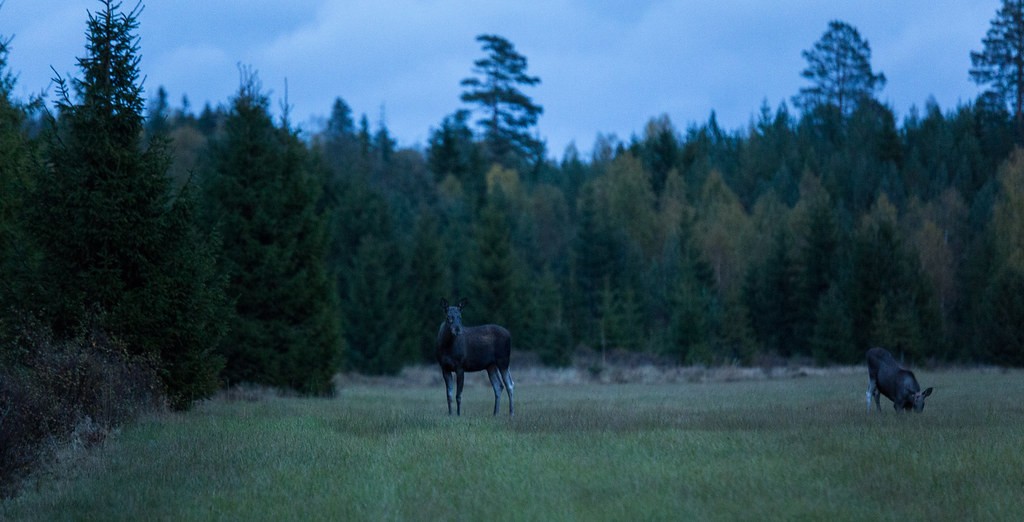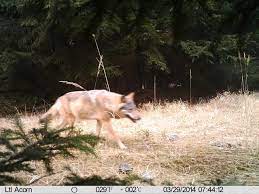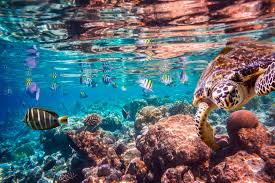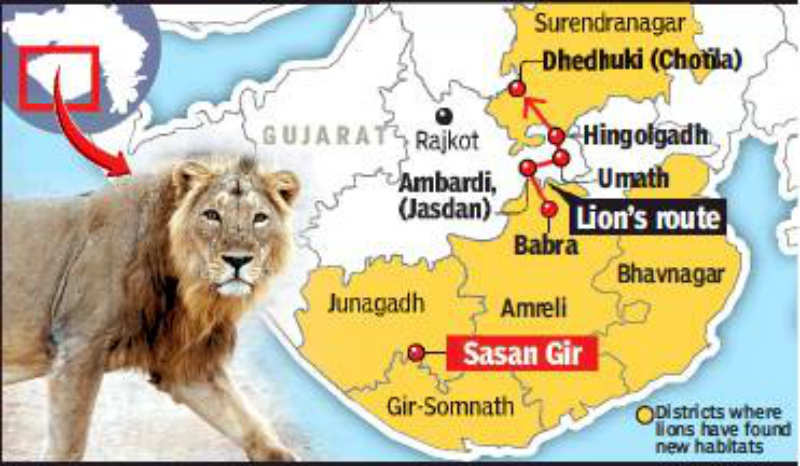The UK has plans to start reintroducing bison to the UK. While this is very exciting, these are large animals and when they are allowed to roam free they could hurt humans. This is highly unlikely for any one individual, but may occasionally cause significant injury when looked at as a whole.
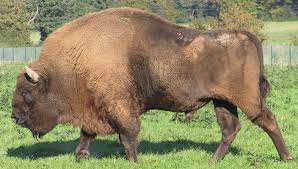
Why do I bring this up? The main reason that wolves have not been reintroduced to the UK, is human fears. It is true that we would likely suffer low levels of predation of livestock, yet the main fear is of attacks on humans. While wolves can act aggressively towards humans on occasion, injury to the human is incredibly rare (the wolf will almost always run before the human gets close enough to be at risk).
Lynx is an even easier animal to suggest. There are no fatal attacks on humans as far as I’m aware, and as forest specialists they are even less likely to take sheep and wolves. What’s more, while a large links watching industry is likely to Spring up, these animals are incredibly hard to see. This means that without going to extreme lengths people are unlikely to encounter them and therefore be scared by them.
Beavers have been given the right to remain. Indeed genetically correct beavers (i.e. European beavers) are multiplying rapidly, and gradually spreading out from where they were first discovered on the River Otter in Devon, with the population thought to number at least 300-500. These animals are being reintroduced all over the place. The Tayside population in Scotland is thought number at least 1000 animals and these is spread across a large part of Scotland though they still have a long way to go. Beavers however, rarely threaten human life and while they can do some damage are easier to accept.
It’s thought that the UK population of boar number at least 4000, with between 1/3 and 1/2 of these living in the forest of Dean. A pair of boar can have as many as 30 offspring in one season- meaning that without regular culling the population could very rapidly explode. They are having very positive effects on woodlands in the areas that they exist, and my hope is that some of the animals could be moved rather than being shot. Boar unlike beavers can certainly be a threat to humans, though again will only hurt people when they feel threatened.
Other species like bears have had trials done, and likely would be far easier than lynx or wolves to live alongside. This is because as omnivores bears spend much of the year eating vegetation. It is true that some bears take to eating many sheep, but this is not common, and it is entirely possible to cull or move animals that take out this habit. Bears could also create vast tourism in areas that they live.
Animals such as pine martens should be given a helping hand. Locally extinct across much of the UK, they should be reintroduced to woodlands up and down the country. Apart from restoring a native mammal, the grey squirrel – an invasive animal which does much more financial damage each year than the pinemartin ever has, would be rapidly removed, this in turn could allow the red squirrel to start to repopulate the UK
I hope that by 2050 all these animals have thriving populations in the UK. If this was the case, then we would have rebalanced the natural world in the UK allowing it to thrive in a way that it hasn’t for centuries. Of course with precious little remaining wilderness we may find that we do not have space for anything more than a handful of some of these species. I believe even this would be of use.

